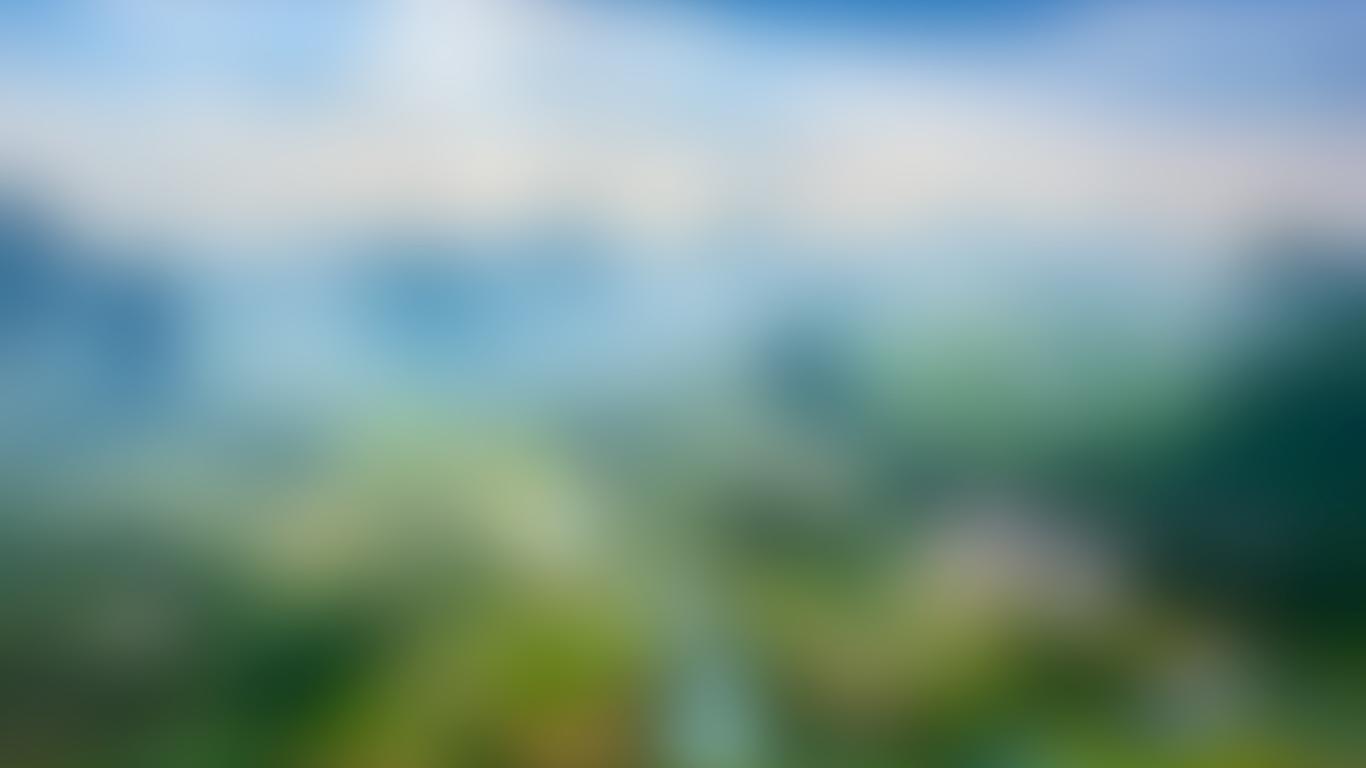With its pyramids and mummy portraits, hanging mosques and bazaars, the ancient city of Faiyum takes visitors on a journey through the ages. Located 100 kilometres south-west of Cairo, along the River Nile, this green oasis has been inhabited for over 20,000 years. It’s home to a host of intriguing archaeological sites, along with a number of iconic attractions that have enchanted visitors for centuries.
Faiyum has changed name throughout the centuries. To the ancient Egyptians, it was Shedet and a centre of a cult to the crocodile-god Sobek. Four kilometres outside the city, the crumbling Lahun Pyramids are a great showcase of this era and an alternative to the more famous Giza Pyramids. When the Greeks took over, it became Crocodilopolis, and the Hawara archaeological site has uncovered many fragments from this period in history. The Romans called it Arsinoe and the city’s Hanging Mosque were a fabulous example of architecture from the early part of the first millennium AD when the Ottomans took over Egypt. The city was renamed Faiyum in Arabic and now has many traditional bazaars and ascetic mosques.
It wasn’t that long ago that journeys between Faiyum and Cairo were by boat along the Nile. Nowadays, the majority of visitors come on a day trip from the capital with a private driver, the journey taking around 90 minutes. Private transport is a necessity as a number of the historical sites are dotted around the town. A popular add-on is Wadi El Rayan, the largest waterfalls in the country.
The city’s most famous attraction are the death masks, painted on wooden boards using wax. These would be attached to Egyptian mummies and are considered one of the oldest surviving bodies of art. Most are dotted across the world in museums like the Louvre.





